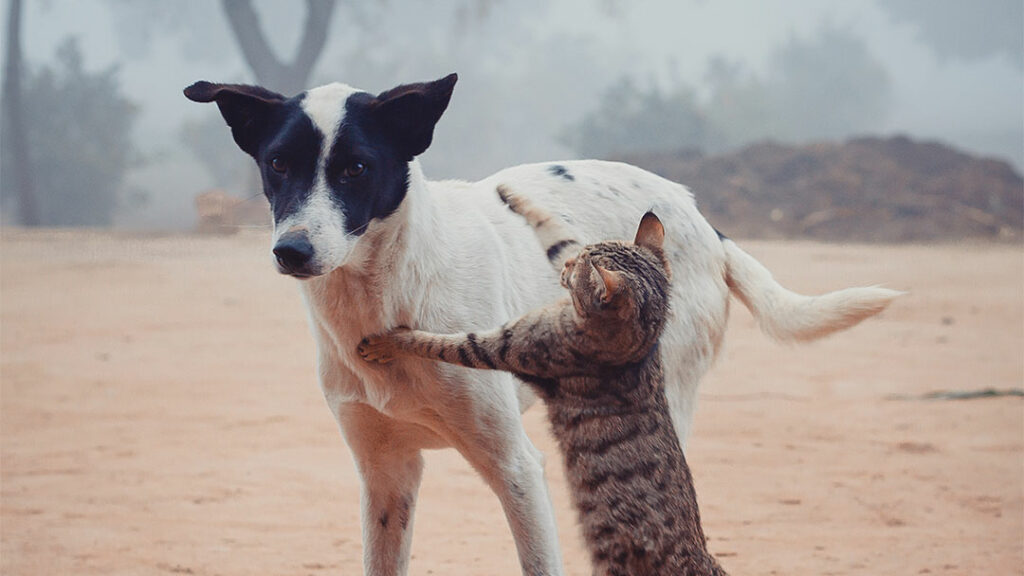For cat enthusiasts, there’s something impressive and endearing about having a tiny wildcat to call your own. Huge house cats like Maine Coons, Ragdolls, Norwegian Forest Cats, or another domestic breed with a large frame – bring a special kind of magic to a house. Not only are they large, but their behaviour is unique. In this guide, we cover everything you need to know about large house cat behaviour, so you can get to know yours and start to accommodate their personality, help them to expend their energy and grow up in a happy home.
What Makes Huge House Cats Different?
Huge house cats are not only large, but they should also be calm, have a loving personality and have energy to play. Smaller to average-size regular pet cats: these have a more nimble, independent nature The larger cats have more wolf-like loyalty, a lower pitch in their vocal sounds and a relaxed presence. Their size has an impact on every aspect of who they are — from how they navigate your home to how they relate to humans and other animals.
One thing that all massive house cats tend to have in common is that they love people! That said, despite their size, there are also plenty of them who are super affectionate and will want to be near you, whether it’s climbing onto (or next to) your lap or joining you on the couch. They are frequently also found to be more tolerant of animals and children. But grasping their behaviour also entails being ready for their peculiar requirements.
Energy Levels and Play Behaviour
Despite what their size may indicate, huge old house cats can be quite active. Some have strong hunting instincts and need to be played with regularly to keep their minds and bodies active. They have big bodies and need exercise to keep them in good condition, or they can become obese and lose muscle tone. Play sessions should be long to burn up their energy, and you will also have to remember to buy toys of the correct size, as they are not small puppy standard toys may not withstand their strength.
Huge house cats may not be as agile and swift as smaller cats, but they are strong, and they appreciate interactive toys that act like prey. Laser pointers, feather wands and motorised toys are often successful. Make sure you have plenty of cat trees or shelves that can hold their weight to encourage climbing, too.
Social Behaviour and Personality Traits
Personality is one of the best things about huge house cats. Some are recognised for being social, chatty, and even trainable. Maine Coons, for instance, frequently chirp and trill at their people, trailing them around the house and having extended “conversations.” These cats have a social nature and can become lonely if required to spend long periods by themselves.
You may also find that giant house cats are a bit more self-assured and less inclined to run and hide. Most of the time, our kiddos feel safe where they’re at and are interested in what’s around them. This confidence can look a lot like stubbornness — they might refuse to obey commands or make up their own rules. But with patience and regularity, these cats can be taught to respond to basic cues or even take a stroll on a leash.
Grooming and Hygiene Considerations
Most of the big cats have luxurious, long coats that do need a lot of grooming. Knowing that part of their behaviour is crucial if you want to keep your coat clean and flea-free. Lots of big house cats enjoy being brushed, especially if you start them young. In addition to preventing shedding, grooming also establishes trust between you and your cat.
Also, they may require larger boxes and more frequent scooping due to their size. A large house cat that finds its litterbox cooped up or that no longer likes the setup of it could stop using it, which creates behaviour problems. Adequate space to stand comfortably will help promote their good hygiene habits.
Territory and Spatial Needs
Relationship with playing ground is another key element to a great house cat behavior, then when your house cats are big. These cats also require room to stretch, climb and explore. Though they can live in an apartment, they do best in a home with both vertical and horizontal space that is designed for their small size. Cat trees, perches and broad windowsills can all make their environment more enriching.
Territoriality may also be present, especially with more than one pet in the home. Big cats are territorial but often not aggressive for no reason. Introducing a new pet gradually and providing separate resources, like food bowls, beds and litter trays, can reduce conflict. The most important thing is to give [the victim] space and let them have agency over their space.
Communicating With a Huge House Cat
Communication with a huge house cat often goes beyond the typical vocalisations. They express their feelings through the use of body language, vocalisation, facial expression and the position or carriage of their tails. You’ll develop your bond further by reading them and avoiding unnecessary misunderstandings. A slow blink, for example, is a token of trust and love, while a flicking tail could be a sign of irritation or excitement.
Huge house cats tend to vocalise and engage with human communication, which can be a downside, however, it reflects the animal’s need to communicate more than an individual dog or cat’s request for attention. Do some positive reinforcement. The more the two of you can engage in play and conversation, the less stressed out your cat may become. In time, many keepers notice their big cats have a language of their own, which seems almost intuitive.
Feeding and Nutritional Habits
A giant house cat needs some thinking before feeding. As a general rule, it is said that larger breeds become fat if they are overfed or don’t get enough exercise, a bit slower than smaller breeds. Select high-quality, protein-rich food and avoid lots of treats. This is the only way that you will be able to maintain their weight under control.
In terms of behaviour, big cats also follow a routine when it comes to feeding. They may sit beside their bowls, vocalise when they are hungry, or even try to open cabinets. Creating regular feeding times will make them feel secure and eliminate concerns around food. And, feeding stations that are raised can make it easier for larger breeds, whose bodies are longer and necks are thicker, to eat without any digestion process discomfort.
Understanding Their Emotional Needs
Huge house cats are emotionally intelligent animals and become incredibly invested in their friends. They can feel mood swings, and they tend to be calm during stressful moments. For this reason, they are also seeking attention and comfort. Failing to give them attention can result in such behavioural problems as destructive scratching or excessive moaning.
Providing a safe and rich home environment, good emotional health will develop. That means offering them quiet spaces to rest, play time, brushing and affection on plush terms – despite shedding all over everything! By honouring their uniqueness, you will have a happy, adjusted friend who has a sense of belonging and feels loved.
Final Thoughts on Huge House Cat Behaviour
Having a huge house cat is a delightful experience, full of love, curiosity and daily smiles. They stand out further in the world of cats, garnering attention with their physical size and eccentric personalities. Knowing how to support your very large feline friend with its energy requirement, social requirements, communications, and environmental preferences can assist you in creating a happy, satisfied home, one where it will remain a lifelong companion, as well as respect and enjoy your loyal offspring.



